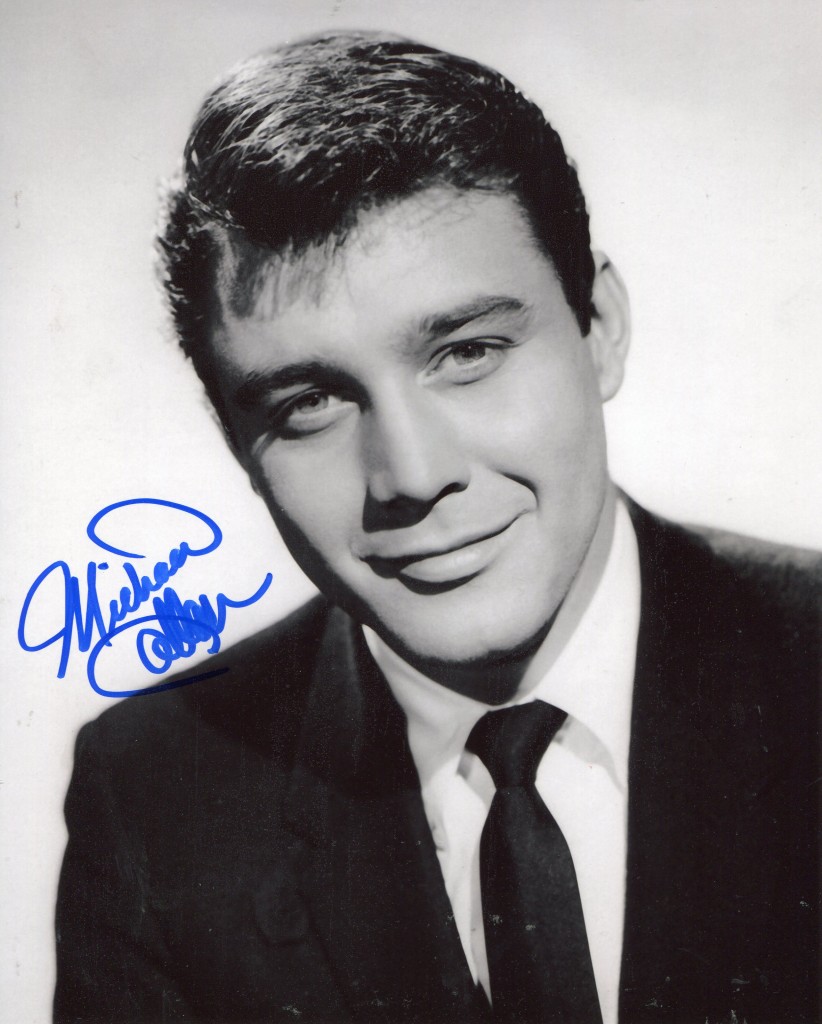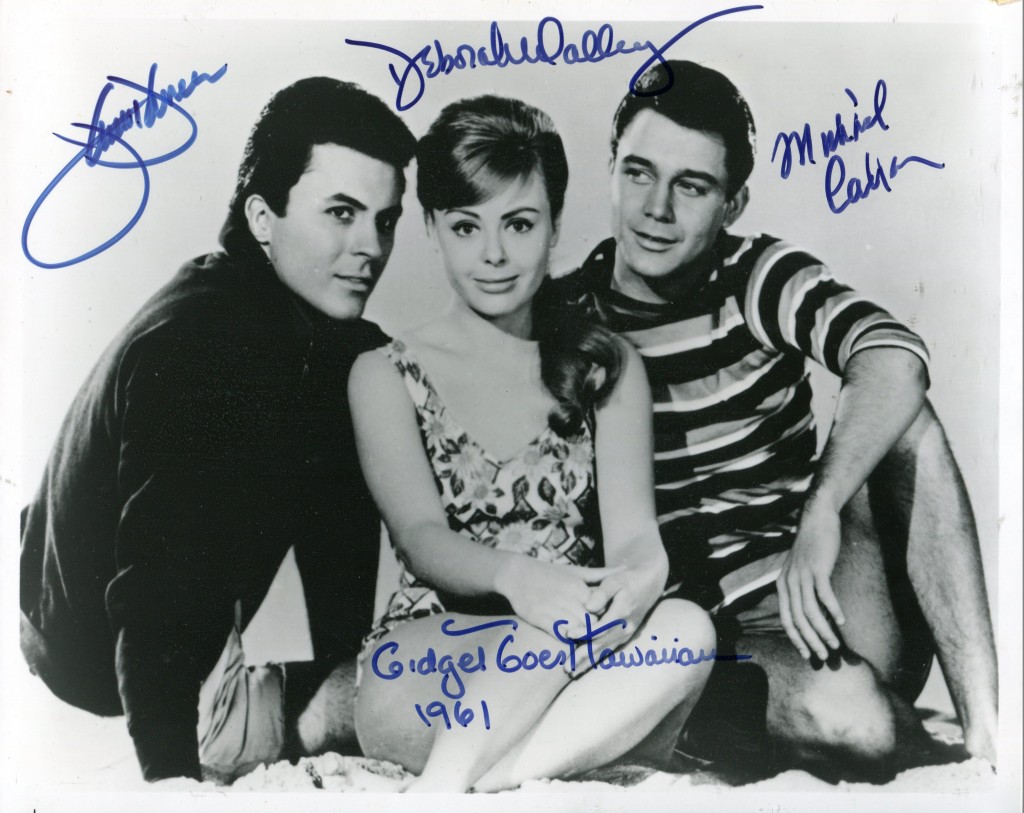

Telegraph obituary in 2022.
Michael Callan, who has died aged 86, was a handsome actor and dancer who was likened to James Dean for his sex appeal and swagger; he originated the role of Riff, leader of the Jets, in West Side Story on Broadway, and played the bandit Clay Boone, the romantic lead opposite Jane Fonda, in Cat Ballou (1965) with Lee Marvin.
On television he joined Patricia Harty in Occasional Wife, a cute one-season sitcom in 1966-1967; Callan’s marriage to his co-star was as brief as the show’s run. He was also Rhoda’s long-term date (alongside Valerie Harper), in 30 episodes of The Mary Tyler Moore Show.
He was born Martin Harris Calinieff into a Jewish family in Philadelphia on November 22 1935, and was sent aged 11 by his mother to a vocal coach. “I thought I sounded like Sinatra,” he said. “Mama said I absolutely didn’t, but as I’d shown an interest in something beyond soccer she decided to get me a professional to do something about it.”
He never did match his teen idol, but he did pick up dance moves – his voice coach was also a tap dancer. “My new icon was Gene Kelly,” he recalled. “I thought unlike Fred Astaire, Mr Kelly has that double whammy of sex appeal… Not that I even knew what sex appeal was, but I liked athletics and he moved like an all-star athlete.”
Even at 15, the youngster was earning decent money hoofing in local night clubs, then in 1954 he beat 300 other hopefuls to the job of “swing boy”, or understudy, in Sandy Wilson’s musical The Boy Friend, on Broadway, starring a young Julie Andrews – his services were called upon a couple of dozen times during the run – and danced on The Ed Sullivan Show.
That put him in the sights of the choreographer Jerome Robbins, who was casting West Side Story. “There were a great many kids like me up for that part,” said Callan. “I was told I was too cute! Imagine! But I really wanted it, I was asked if I could backflip, so I did a backflip, and eventually, after a year of rounds, I got it. Riff set me on my way.
Under the watchful eye of the casting agent and later screenwriter Joyce Selznick (niece of the Gone With the Wind producer, David O Selznick) – who had previously discovered Bernie Schwartz, the New York trucker she reinvented as Tony Curtis – Callan signed a seven-year contract with Columbia. He made his screen debut as an army private fighting the Mexicans in They Came to Cordura (1959) with Gary Cooper and Rita Hayworth.
His other roles included a trapeze artist in The Flying Fontaines (1959) – for which he received a Golden Globe “Rising Star” nomination – and a troubled youth in the high-school drama Because They’re Young (1960). He was prevented by his Columbia contract from reprising his West Side Story role on the big screen but he did have a decent role in the all-singing, all-surfing comedy Gidget Goes Hawaiian (1961).
The same year he was in the fantasy adventure, Mysterious Island, then played a juvenile delinquent threatening Alan Ladd in 13 West Street (1962, the last film released during Ladd’s lifetime). He was a young doctor in the hit drama The Interns (also 1962) and in its 1964 sequel The New Interns, alongside George Segal and Telly Savalas.
He appeared in the Michael Winner comedy, You Must be Joking (1965), with Lionel Jeffries, but began to work more in television, on such shows as Dr Kildare, Ironside, Quincy M.E., The Love Boat, Fantasy Island and Murder, She Wrote.
He turned his hand to producing with the crime horror Double Exposure (1982), and returned to his theatre roots with, Hello Muddah, Hello Faddah! (1997), based on the song parodies of Allan Sherman.
Michael Callan married Carlyn Chapman in 1960; they had two daughters but divorced in 1967, and that year he married (and quickly divorced) Patricia Harty. He married, thirdly – and also divorced – Karen Malouf. He is survived by his daughters.
Michael Callan, born November 22 1935, died October 10 2022.

